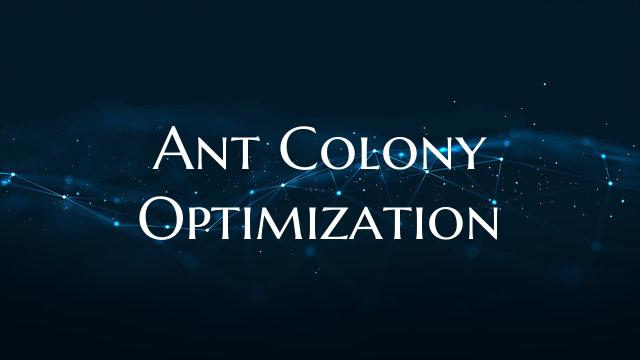Ant Colony Optimization
Ant Colony Optimization (ACO) is a nature-inspired algorithm based on the foraging behavior of ants. These tiny insects are capable of finding the shortest path to a food source by leaving pheromone trails that attract other ants to follow them. The concept of ACO is to simulate this behavior in the optimization process to find the best solution to a given problem.
In ACO, a colony of artificial ants iteratively constructs solutions by moving through a problem space and depositing pheromone trails on the edges of the visited paths. The amount of pheromone usually corresponds to the quality of the solution found. Over time, the paths with higher pheromone levels will attract more ants, leading to the reinforcement of these paths and the emergence of better solutions.
One of the key advantages of ACO is its ability to deal with complex optimization problems characterized by large search spaces and multiple local optima. By leveraging the concept of positive feedback, ACO encourages exploration of the solution space while exploiting the promising regions.
ACO has been successfully applied to various real-world optimization problems, such as routing in communication networks, scheduling, vehicle routing, and many others. Its adaptability and versatility make it a popular choice for solving combinatorial optimization problems in diverse fields.
In conclusion, Ant Colony Optimization is a powerful metaheuristic algorithm inspired by the intelligent foraging behavior of ants. By mimicking nature's solution-finding capabilities, ACO offers an effective and efficient approach to tackling complex optimization challenges in a wide range of applications.

